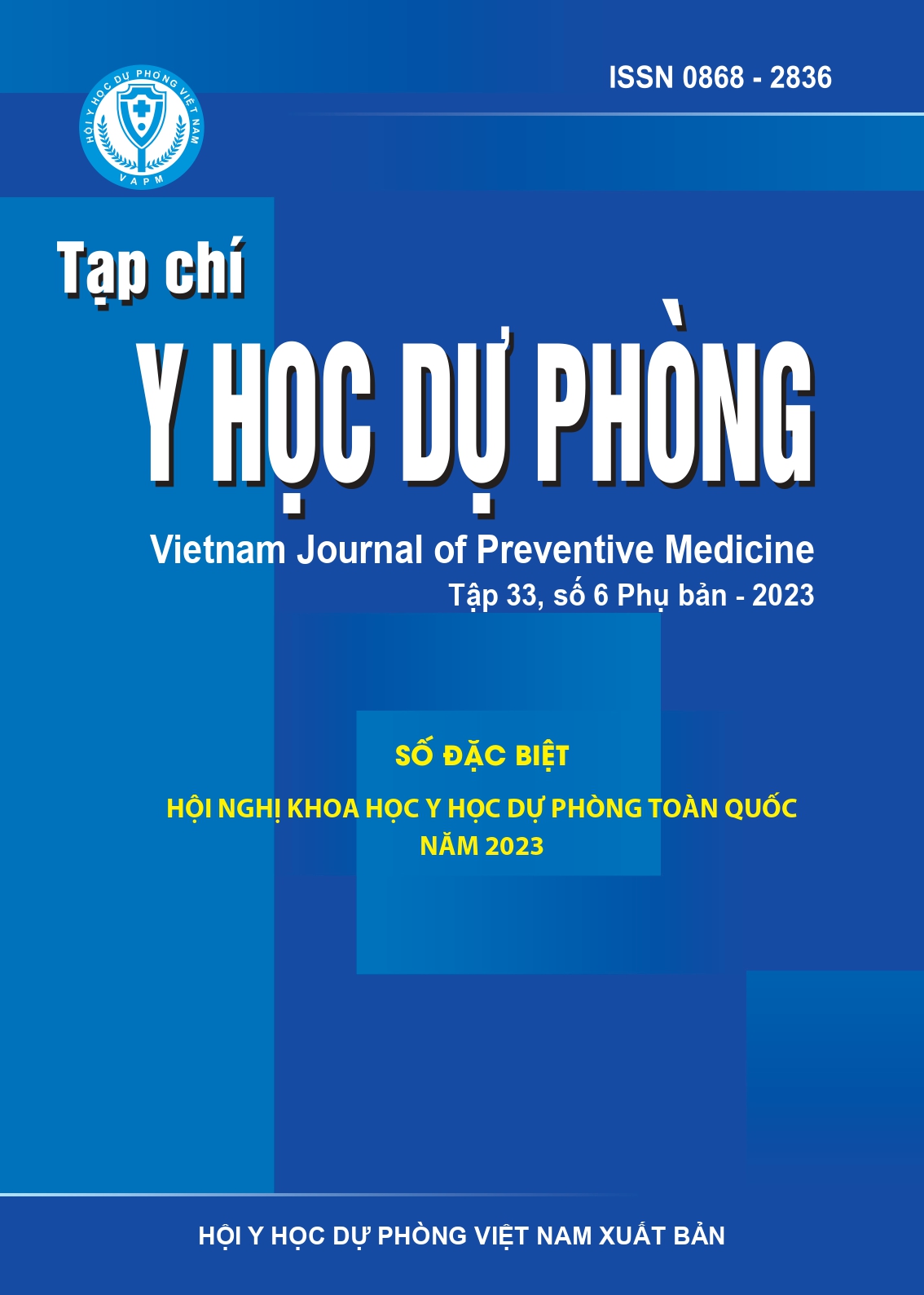Genetic characteristics of the VP2-VP4 coding region of Coxsackievirus A16 associated with hand, foot and mouth disease in Dak Lak, 2019
DOI:
https://doi.org/10.51403/0868-2836/2023/1400Keywords:
Hand, foot, and mouth disease, CV-A16, Dak Lak, VP2, VP4Abstract
Coxsackievirus A16 (CV-A16) of the genus Enterovirus is one of the causative agents of hand, foot and mouth disease in children. According to the report of Tay Nguyen institute of Hygiene and Epidemiology in 2019, CVA16 accounted for 46.88% of the total hand, foot and mouth cases, in which EV-A71 is one of the main causes of hand, foot and mouth disease in Dak Lak. Hence, we performed the study to analyze some molecular characteristics of the VP2-VP4 gene region of the CV-A16 sample collected in Dak Lak 2019. By virus isolation technique, and gene sequencing, results showed that the virus isolation rate was 46.33%; The results of analyzing the VP4 and VP2 gene segments suggest that the CV-A16 strains circulating in Dak Lak in 2019 belong to the B1a gene subgroup, which is the only gene subgroup circulating in Vietnam from 2003 to present. This is the first time we report on CVA16 molecular epidemiology in this region; thereby supplementing and providing data for studies expanding the VP1 gene region and the entire genome.
Downloads
Downloads
Published
How to Cite
Issue
Section
License
Publication License No 150/GP-BTTTT signed on May 8, 2014;
Electronic Publication License No 322/GP-BTTTT signed on June 15, 2016.


